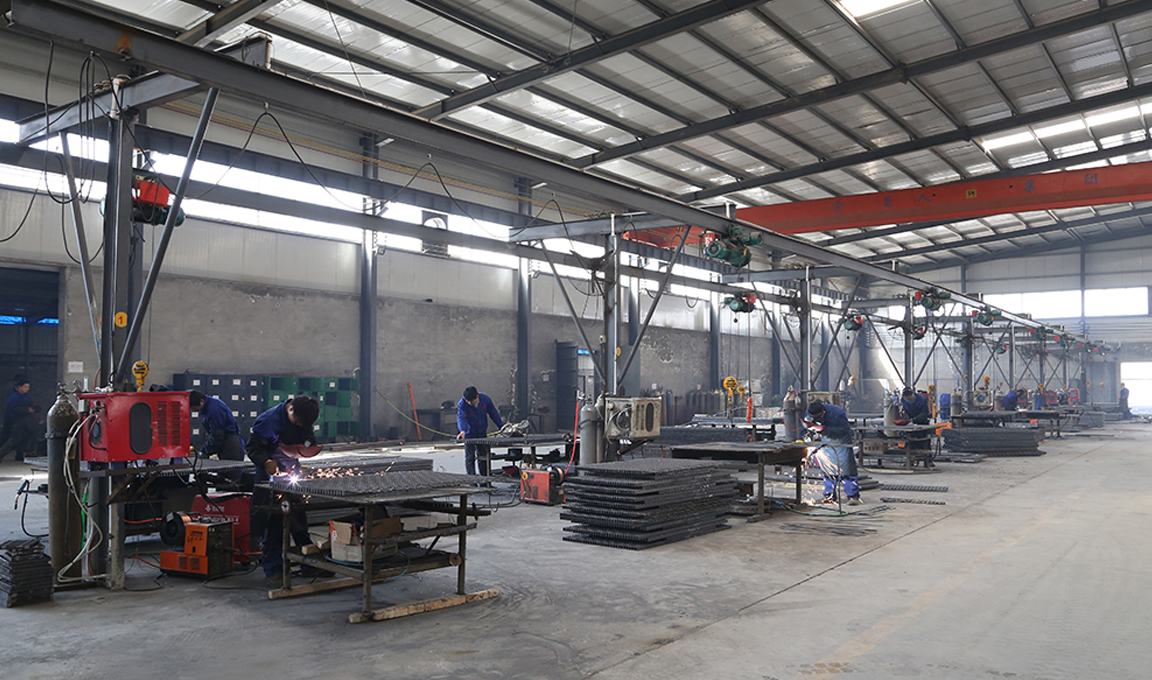Grounding Temporary Electric Fences A Comprehensive Guide
Temporary electric fences have become increasingly popular among farmers, land managers, and outdoor enthusiasts for their versatility, portability, and effectiveness in managing livestock and wildlife. However, the effectiveness of these fences heavily relies on proper grounding. In this article, we will delve into the importance of grounding temporary electric fences, the methods to achieve effective grounding, and the benefits it brings to both livestock management and safety.
Understanding Grounding in Electric Fencing
Grounding serves as a crucial component in the operation of electric fences. An electric fence works by delivering a high-voltage pulse of electricity that encourages animals to stay within a designated perimeter. The grounding system completes the circuit, allowing electricity to flow back to the energizer. A well-grounded fence ensures that the electrical pulses are effective, providing a reliable deterrent against unwanted intrusions by livestock or wildlife.
Without proper grounding, the electric fence may fail to deliver the necessary shock that keeps animals in check
. This can result in a myriad of issues, from livestock straying into unsafe areas to increased vulnerability against predators. Therefore, understanding how to properly ground a temporary electric fence is essential for maintaining both safety and function.Methods for Achieving Effective Grounding
1. Ground Rod Installation The traditional method for grounding an electric fence is installing ground rods. Typically, copper or galvanized steel grounding rods are driven into the earth to create a low-resistance path for electrical current. It is recommended to use at least three grounding rods for optimum performance. The rods should be buried at least 8 to 10 feet apart and driven into moist soil if possible; this enhances conductivity.
2. Soil Condition The moisture content of the soil plays a significant role in grounding effectiveness. Dry, sandy, or rocky soils will offer poor conductivity, impeding the grounding process. In such cases, it may help to irrigate the area around the grounding rods or apply a soil conditioner to improve moisture content and conductivity.
grounding temporary electric fence

3. Connecting Wires Properly connecting the grounding wires to the energizer and the ground rods is essential. Use high-quality conductors suitable for outdoor use, ensuring that connections are tight and corrosion-resistant. Regularly checking these connections will help maintain a reliable grounding system over time.
4. Test the Grounding System After installation, it’s vital to test the grounding system. This can be done using a multimeter to check the voltage between the ground system and the fence. A voltage reading of at least 4000 volts at the fence line indicates that the grounding is effective.
Benefits of Proper Grounding
The benefits of having a well-grounded temporary electric fence are numerous. Firstly, it enhances the safety of livestock by ensuring they receive a proper deterrent against straying into dangerous or unwanted areas. Secondly, it minimizes the risk of electric shock to humans and other animals, which is particularly important in areas frequented by children or pets. Thirdly, a properly grounded system reduces the risk of equipment damage and ensures the energizer runs efficiently, requiring less frequent maintenance.
Moreover, effective grounding allows for a more reliable and robust temporary fencing solution. Whether used for managing grazing patterns or protecting crops from wildlife, a dependable electric fence not only serves its purpose effectively but also provides peace of mind for users.
Conclusion
Grounding is a fundamental aspect of temporary electric fences that should not be overlooked. By implementing and maintaining a proper grounding system, users can ensure the effectiveness and safety of their electric fences. Whether you're a farmer managing grazing livestock or a landowner safeguarding your crops, understanding the nuances of grounding will enhance the performance of your temporary electric fencing system. Investing time and resources in proper grounding can save significant time and effort, resulting in more effective and efficient land management.
-
The Strength and Versatility of Aluminum Expanded Metal Mesh
NewsJun.10,2025
-
Safety Guards and Machine Enclosures Using Expanded Mesh
NewsJun.10,2025
-
Performance with Round Hole Perforated Mesh in Wall Panels
NewsJun.10,2025
-
How Steel Grating Trench Covers Distribute Weight Efficiently
NewsJun.10,2025
-
How Deck Mesh Railing Enhances Backyard Aesthetics
NewsJun.10,2025
-
Comparing Bar Thickness and Spacing in Steel Grating
NewsJun.10,2025
Subscribe now!
Stay up to date with the latest on Fry Steeland industry news.

